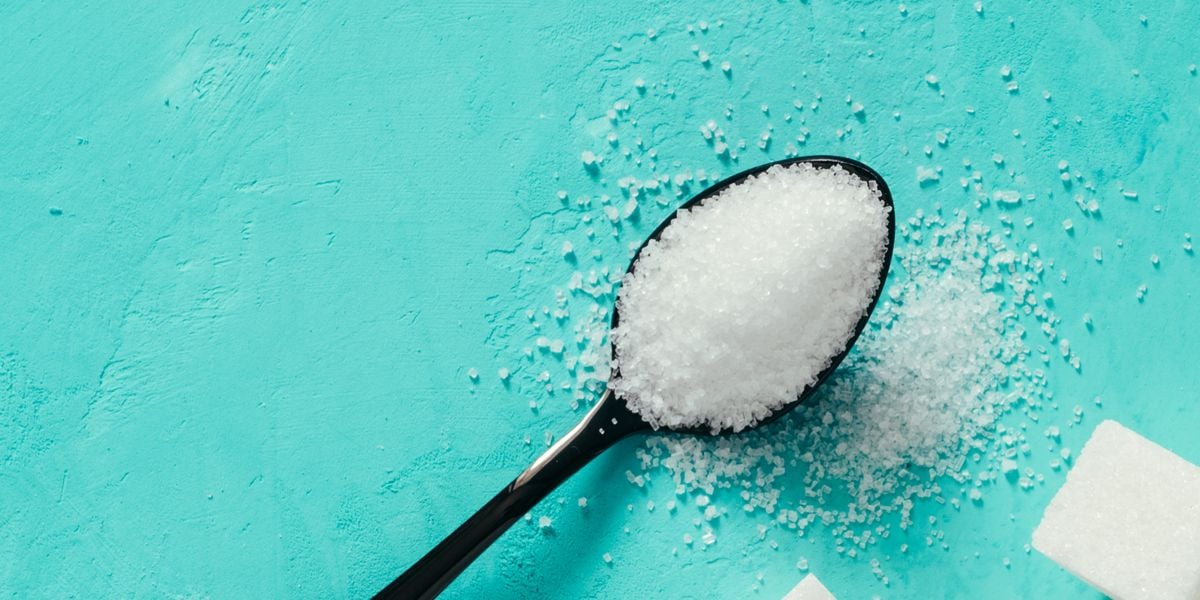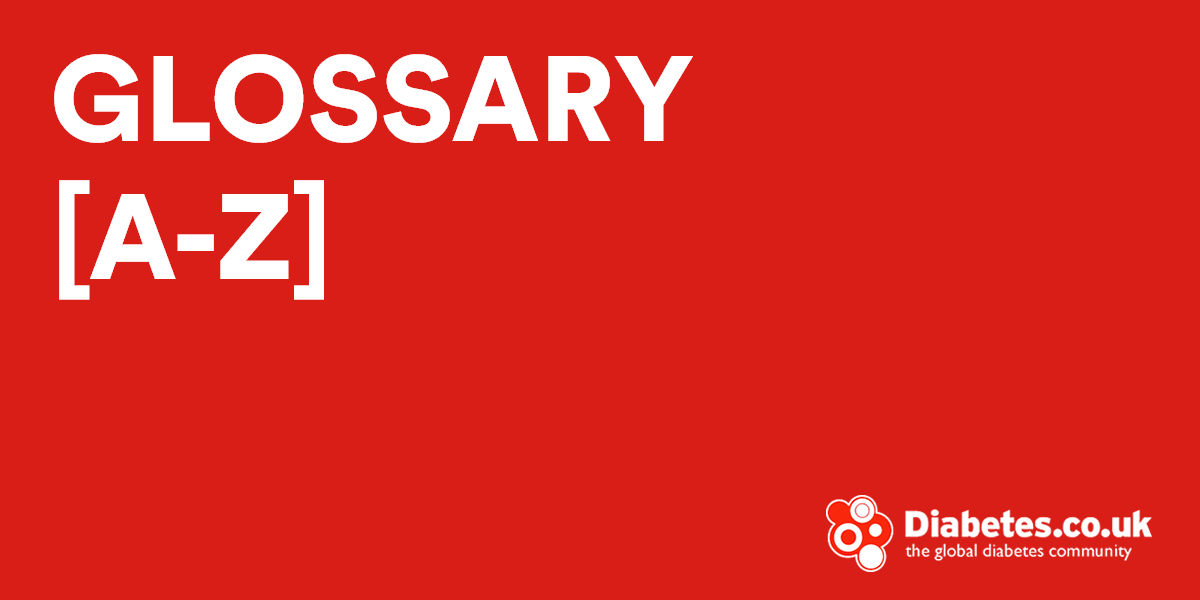Sweeteners are divided into two groups: those which have calories and provide nourishment (nutritive) and those that are calorie-free (non-nutritive).
Nutritive sweeteners such as sugars and sugar alcohols add carbohydrates to food and calories to your diet that contain few vitamins or minerals – hence why whey are often referred to as ’empty’ calorie foods – whereas non-nutritive sweeteners do not.
This is the main difference between the two and is important to remember when comparing the contents of foods and beverages
Nutritive Sweeteners – Sugars
All sugars have 4 grams of carbohydrate per level teaspoon and 4 calories per gram.
When eaten in moderation with a mixed meal and as part of a healthy overall diet, sugars are considered fine and do not cause special problems for people with carbohydrate intolerance such as diabetes mellitus or insulin resistance
Types of sugars
- Sucrose – Sucrose is a carbohydrate found in table sugar, raw sugar, cane sugar, brown sugar and powdered sugar. It is also the primary sugar in molasses and is composed of 50% glucose and 50% fructose.
- Fructose – Fructose, or fruit sugar, is a type of sugar found in many plants. It is sweeter than sucrose and is therefore used less as a sweetener in most recipes.
- Dextrose – Another name for glucose.
- Corn Sugar – Also known as corn syrup, this type of sugar is derived from cornstarch and is high in glucose.
- High Fructose Corn Syrup – Sweeter than sucrose, HFCS a mixture of glucose and fructose that is usually added to sodas and soft drinks.
- Maltose – Maltose is a potent sugar that is found in malt, beer and ales. It is formed from 2 glucose molecules.
- Honey – Honey is composed of 35% glucose and 40% fructose.
Nutritive Sweeteners – Sugar Alcohols
Sugar alcohols are a type of carbohydrate that are used as alternative food sweeteners to natural sugars.
Technically, they are not sugars – hence why foods containing sugar alcohols are often labelled as ‘sugar free’. They do contain calories, which is why you cannot eat unlimited quantities. They are readily converted to glucose in the liver, especially when blood sugar is already high and carbohydrate intolerance is out of control.
However, they can also be converted to fat and can contribute to weight gain, if eaten in large enough quantities.
They are also known for their potent laxative effect when eaten in excess.
Types of Sugar Alcohols
- Sorbitol – This sweetener is derived from glucose and contains 60% of the sweetness of sucrose.
- Xylitol – Derived from xylose, xylitol is 100% as sweet as sucrose.
- Isomalt – Derived from sucrose, this sugar alcohol is around 60% as sweet as sucrose.
- Mannitol – Derived from mannose, mannitol is about 70% as sweet as sucrose.
- Hydrogenated Starch Hydrolysates (HSH) – Derived from corn, wheat or potato starches, these sweeteners are between 40% and 90% as sweet as sucrose.
Non-nutritive Sweeteners
Non-nutritive sweeteners, or artificial sweeteners as they are also commonly referred to, are a key ingredient of dieting products as they provide a significant sweetening effect without adding carbohydrates or calories.
Since the 1950s, these sweeteners have been approved for use in a number of dietetic or low-calorie foods and beverages In fact, they are now found in so many products that many people consume them without even knowing it.
Due to their strong sweetening effect – artificial sweeteners are many times sweeter than sucrose (table sugar) – only minute amounts are necessary. In terms of potential health risks, they are deemed safe for all age groups, although high intakes of some have been linked to increased cancer risk in the past (see below).
Types of Non-nutritive Sweeteners
Non-nutritive sweeteners include:
Saccharin
Saccharin has been used since the late 1800s as a popular sweetener. It is around 300 times as sweet as sucrose, which is why it is only used in very small quantities. In terms of safety, previous animal-based studies on saccharin linked high intake of the sweetener to increased risk of bladder cancer
However, scientists have since refuted this association and now say that up to 1 gram per day of saccharin poses no health risks to adults.
Acesulfame-K
Acesulfame Potassium (K) is 200 times as sweet as sucrose.
It is usually added to dry mixes for sugar-free gelatins, desserts and drinks, and can also be used in baked goods. In Europe it is approved for soft drinks, and there are no safety concerns regarding its use.
Aspartame
Like Acesulfamen, Aspartame is 200 times sweeter than sucrose. It has been used as a table top sweetener since the 1970s and is now found in thousands of food products. Unlike Acesulfamen, it is not stable in heat or for long periods in liquid form, and is therefore not used in cooking.
Sucralose
Derived from sugar, sucralose is a non-caloric sweetener that has been used to reduce the calorie content of popular foods and drinks since the late 90s. It is some 600 times sweeter than sugar and is heat-stable, meaning its ok for use in baked goods. Research shows it has no effect on blood sugar and is deemed safe for use in all age populations, including pregnant women and children.
Cyclamate
Cyclamate is a calorie-free sweetener that is 30 times sweeter than sucrose. It is soluble in liquids and because it is stable in heat and cold, it has a long shelf life. Discovered in 1937, cyclamate is approved for use in foods and drink in more than 100 countries worldwide, including all European nations.
Although cyclamate is currently banned in the United States due to several old studies linking its use with an increased cancer risk, a petition for its re-approval has been submitted to the US Food and Drug Administration (FDA).
The petition includes new scientific evidence that demonstrates and supports the safety of cyclamate for human consumption.



